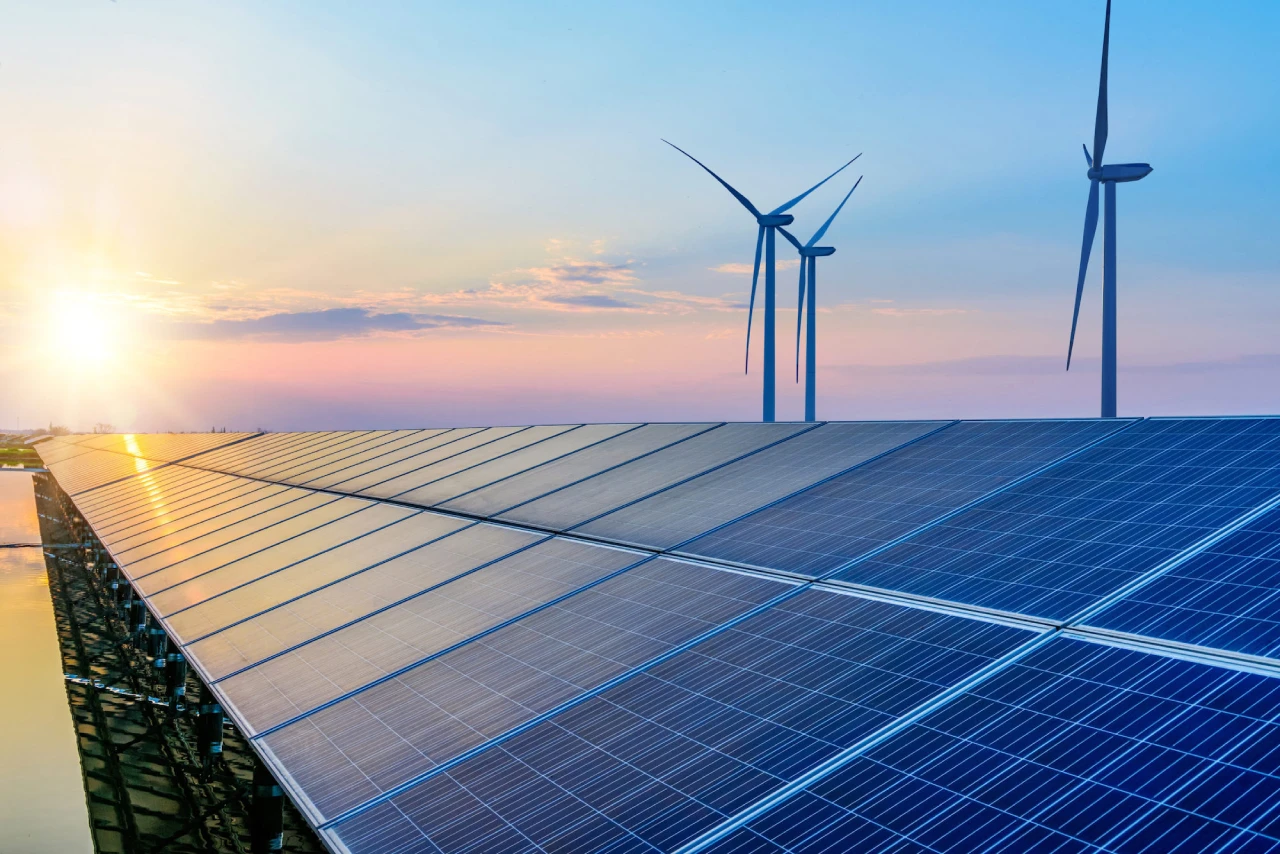Bluestream Sustainability Commitment

The UAE focuses on achieving sustainable development goals that would enable access to clean energy, adequate and affordable food, quality education, health care, sustainable economic growth, healthy ecosystems and increased resource efficiency, as all these issues resonate strongly in the country.
At Bluestream our Sustainable designs, and innovation and creativity are cornerstones of progress. In this day and age where we all need to drastically reduce our impact on the environment, sustainability must be an integral part of the creative process.
Our street furniture conveys a timeless, natural style and is of a very high quality, both aesthetically and technically.
The Sustainable materials we use define the distinctive images of our products. While colour and texture are important, choice of material is also determined by the maintenance and durability. Many of the materials used at Bluestream can be returned to the production chain at the end of a product’s lifespan.
They can be recycled, or reused while made from bio-based composites hence the waste is thus minimized. Bluestream believes in materials that are sustainable meaning we are setting the benchmarks for many to follow with our Innovative design solutions, and integrated components.
Bluestream speaks the language of landscape architects and urban planners alike, we are happy to help you find the optimal solution for your design plan. If we are to create future-proof cities, it is vital to reintroduce green spaces in built-up areas; it is now clear that city dwellers benefit from having access to such locations.
Maintenance requirements can be easily overlooked when choosing the right furniture. At Bluestream we focuses on low- maintenance materials and construction and our products have an extremely long lifespan with up to 50 years of warranty on the type of materials we choose, such as granite.
When the manufacturing process is as intensive as ours, half-measures and compromises are just not acceptable. We understand the vital importance of cutting carbon emissions across our entire supply chain, from the extraction of raw materials, to the ultimate disposal of waste. Obviously, an ideal initial solution is to look for ways in which we can reduce, re-use and, above all, recycle throughout our manufacturing processes.
On top of this, many items, particularly seats, benches and bins, are likely to receive heavy usage every single day, so they need to be built to last. In order to meet these requirements, every item we make must meet the highest possible standards of quality.
